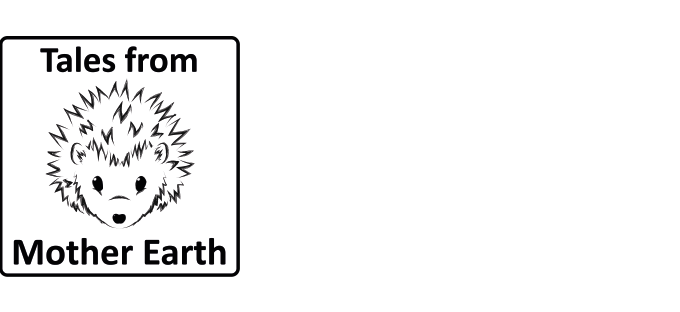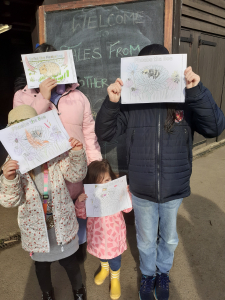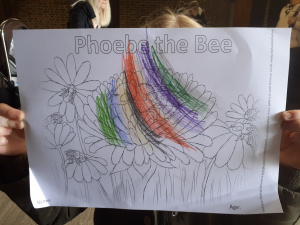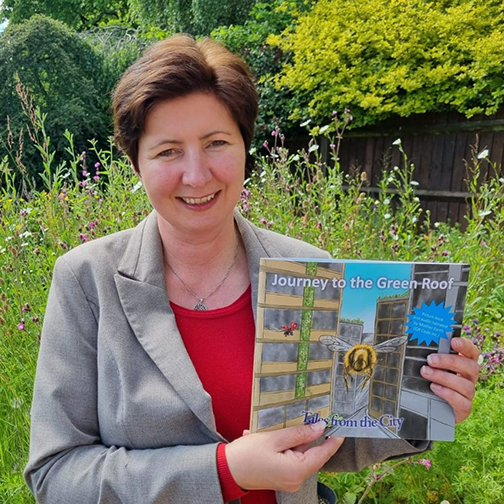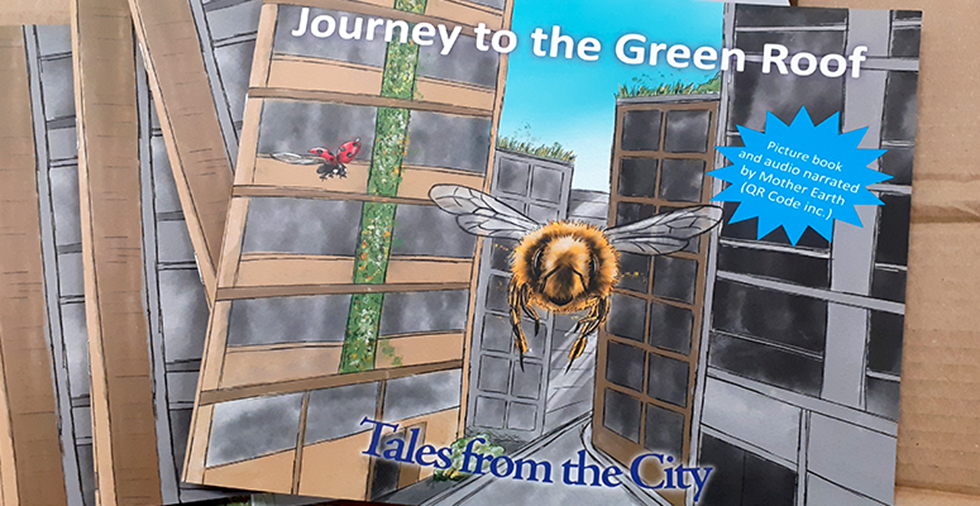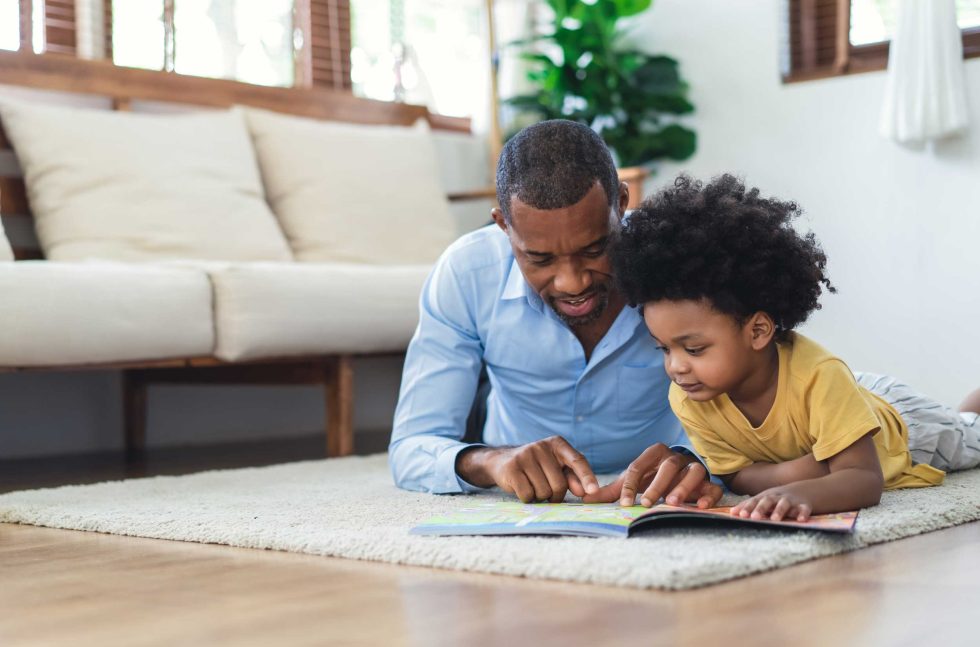Darcy’s Tale – the groundwater flooding storybook project and your chance to own one!
Recently we had the delight of working with Project Groundwater Greater Lincolnshire and the Environment Agency on the Darcy’s Tale project which began as an amazing short film by Aardman. By expanding the story content, we were able to produce a children’s storybook which was published in June 2025 . And now we’re offering you the chance of getting your hands on a Darcy cuddly toy and book! Read on till the end to find out more..
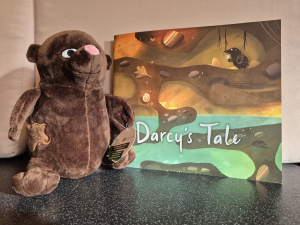
The topic of this tale is groundwater flooding and it features Darcy as the main character, a little mole who is looking for love. The content also highlights a strong message of community spirit, and teaches children how we should all look out for each other, and the fact that this is even more important when adversity strikes. Without a doubt, our environment is changing and with that our weather patterns and storms are becoming much more frequent and severe. Now it seems very common to hear forecasts with red, amber and yellow weather alerts some with risk to life being broadcast, where as once, not so long ago it was fairly unusual. With these huge storm fronts comes more rain, and ultimately this is due to climate change, so therefore the urgency to educate children on the topic of groundwater flooding is very real and present.
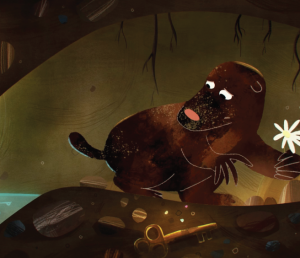
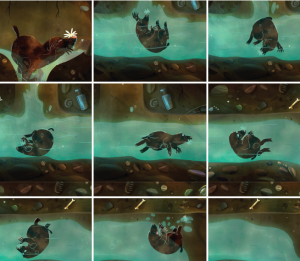
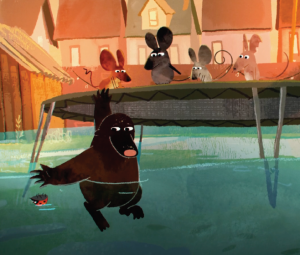
Darcy’s Tale is produced as part of Project Groundwater Greater Lincolnshire, which is funded by Defra as part of the £200 million Flood and Coastal Innovation Programmes which is managed by the Environment Agency. The programmes will drive innovation in flood and coastal resilience and adaptation to a changing climate.
What is groundwater flooding?
Groundwater flooding is the lesser known or understood reason for flooding in that, it’s not a river breaking its banks after a deluge of rain. No, groundwater flooding can appear days, weeks or even months after the rain has fallen, causing it to be very unpredictable indeed. Groundwater flooding occurs when the level of water within the rock or soil underground (i.e the water table) rises. Water can then seep up through the land, up to the surface and break out causing a flood. Groundwater can also overwhelm existing drainage systems and watercourses leading to a lack of capacity for these networks to hold rainwater and thus leading to increased surface water flooding.
Let’s hear from Vicky Jones and Brett Rycroft-Jones Flood Resilience Programme Co-ordinators at Lincolnshire Country Council:
“Flooding can be devastating for communities from all sources and groundwater is especially difficult as it can occur long periods after a rainfall event and can be quite isolating to those whom experience it. Educating children on flooding matters to building future resilience and Darcy’s Tale has been a great way to do this building on the animation with the beautifully created book by TfME. We’re proud to be sponsoring the books rollout on a national scale.”
– Vicky Jones
“It is important for children to learn about flooding and its impact because it builds personal resilience, equips them with life-saving knowledge, and empowers them to become active contributors to their community safety. This education helps mitigate both the immediate physical dangers and the long-term psychological impacts of flood events. Ultimately, teaching children about flooding and Groundwater is an investment in creating safer, more informed, and resilient communities that are better equipped to face future climate challenge”
– Brett Rycroft-Jones
Getting out and about with Darcy’s Tale
Children up and down the country are becoming more familiar with Darcy’s Tale now, as the activities mount and the national interest grows. Also, children adore their cuddly Darcy’s and it’s wonderful to see them engaging with them. Don’t forget we have a special message at the end of this page if you know of someone who would love to own a Darcy toy and storybook too.
Recently we visited the children and teachers at Heighington Millfield Primary Academy in Lincolnshire and shared our story Darcy’s Tale with them. It was a very poignant meeting, as this community understand the dangers of groundwater flooding all too well, after Storm Babet in October 2023, groundwater and surface water swept through their school and premises forcing the doors to close for a considerable amount of time. Meeting the children who have first-hand knowledge of that experience was sobering, and they are a credit to their school, as the values of community and resilience were there for all to see – shining brightly. It’s just passed the second anniversary of the event and to share our story was our absolute pleasure. Cuddly Darcy’s were in demand too, and everyone got a little mole and a storybook to take home! With the wonderful team at Lincolnshire Country Council and the Environment Agency a combined effort is being made to ensure that children across the country are informed and alert to the dangers of groundwater flooding and they are using Darcy’s Tale to drive this message.
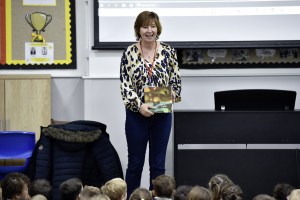
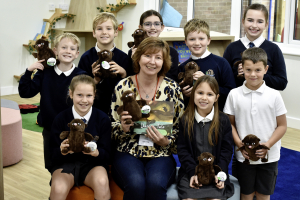
Pictures courtesy of Stuart Wilde Photography
Now it’s your turn to own a Darcy mole and storybook!
If you know of someone between 3-10 years whom you believe would like to own their very own copy of our storybook ‘Darcy’s Tale’ and a cute cuddly Darcy mole we have a few to give away. All you have to do is colour in one of our set colouring pictures found here on the Lincolnshire Council Project Groundwater website and send it back to us to Hello@talesfrommotherearth.co.uk – and every picture received gets a book and toy gift while stocks last and for a limited time only.
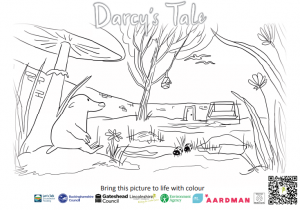
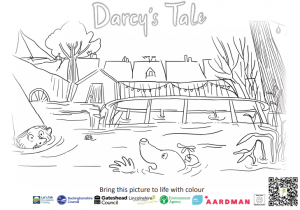
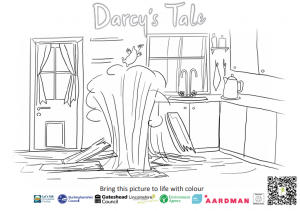
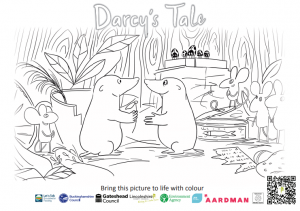
So don’t delay, all you have to do is select your image, download the pictures, share them with a child and get colouring – it’s that simple!
